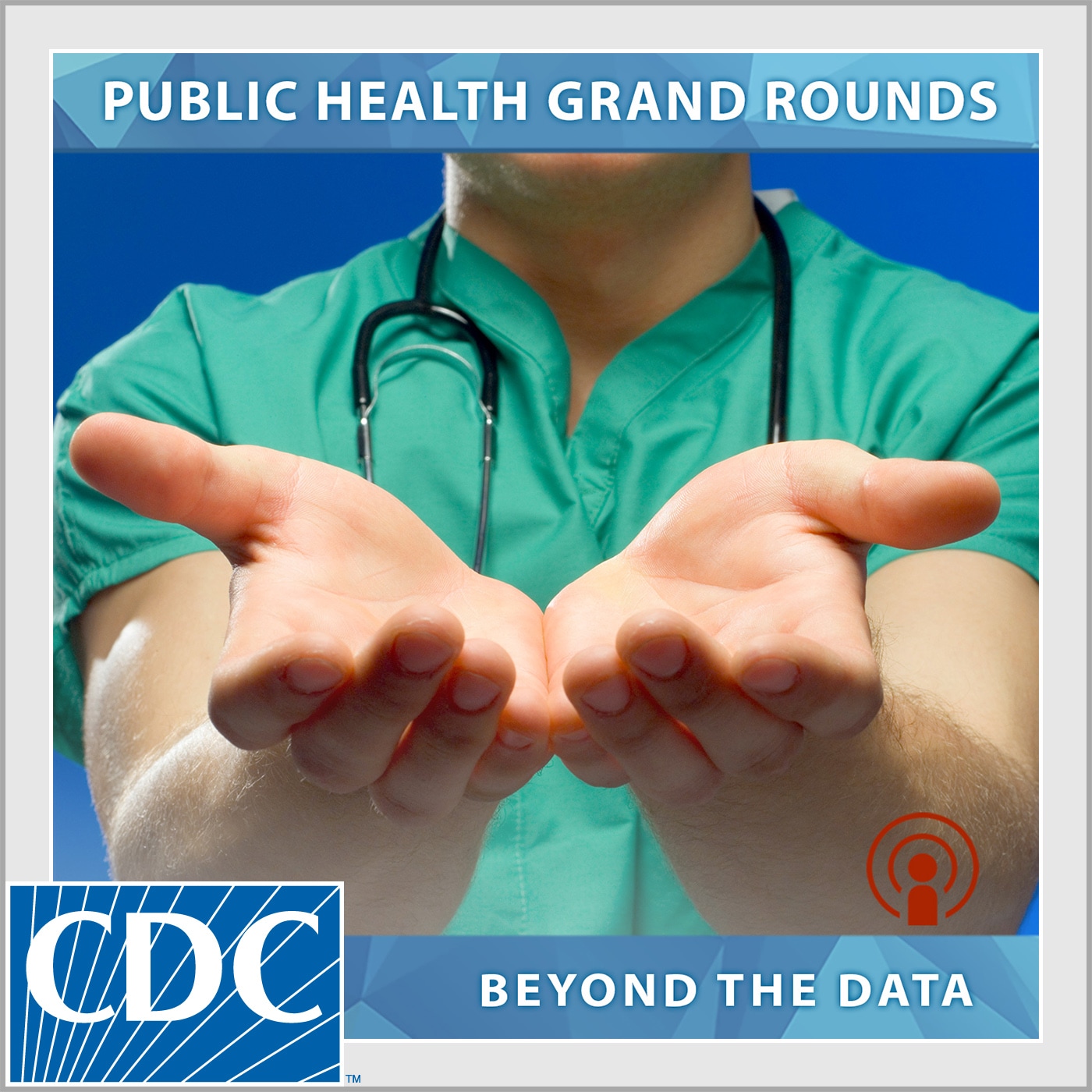Smoking Cessation: Past, Present, and Future
Presented on .
The June session of Grand Rounds, “Smoking Cessation: Past, Present, and Future” was viewed in 7 foreign countries, 49 states, and the District of Columbia.
Special note: The surgeon general of the United States, Vice Admiral Jerome Adams, will introduce this special Grand Rounds via Zoom.
Public Health Grand Rounds will present key findings on the recently released US Surgeon General’s report on Smoking Cessation. Smoking remains the leading preventable cause of death and disease in the United States. Although the percentage of adults who smoke is at an all-time low in the US, 34 million adults still smoke and therefore continue to be at risk of developing smoking-related diseases.
The 2020 Surgeon General’s report is the first to focus solely on smoking cessation since 1990. Grand Rounds speakers will discuss progress made over the past decades, such as clinical treatments and tools that increase smoking cessation. Presenters will give updates on the biology of addiction and discuss the economic benefits of quitting smoking.
In the US, 34 million adults still smoke and continue to be at risk of developing smoking-related diseases. CDC’s Dr. John Iskander and Dr. Amanda Graham of the Truth Initiative discuss the smoking and vaping trend of young adults and high school students.
Need to work with entertainment industry more to reduce smoking in films and tv. For years they cooperated with that message but clearly this needs to be reinforced again. Sad to see the level of smoking in so much programming.
In 2012, the Surgeon General's Report concluded that exposure to onscreen smoking in movies causes young people to start smoking. Opportunities exist for movie studios to reduce tobacco incidents that appear in youth-rated movies, including rating films with smoking as R. For more information about smoking and movies, please see this report on Tobacco Use in Top-Grossing Movies — United States, 2010–2018, and CDC's website. The University of California San Francisco has also done work in this area and their webpage on smoking in movies, including research, news, and policy solutions can be found here.
What resources are there for clinicians to support tobacco cessation?
Resources for healthcare professionals related to the 2020 Surgeon General's Report on Smoking Cessation can be found at www.cdc.gov/CessationSGR. Additionally, resources for healthcare providers can be found at www.cdc.gov/tobaccoHCP, including links to the 2008 PHS Clinical Practice Guideline on Treating Tobacco Use and Dependence, the Million Hearts Tobacco Cessation Change Package (a quality improvement resource to help health systems integrate cessation interventions into routine care), protocols for providing cessation interventions, a conversation guide on how to help walk patients through the quit process, and many others. Additional healthcare providers tools and resources can be found here.
What is CDC and other agencies on this call doing to address the dramatic disparities amongst American Indians in smoking prevalence and how dramatic is that disparity from the current low of 14% prevalence for others?
American Indians/Alaska Natives have the highest prevalence of cigarette smoking compared to all other racial/ethnic groups in the United States. Some American Indians use tobacco for ceremonial, religious, or medicinal purposes. For this reason, it is important to make the distinction between commercial and traditional tobacco use. When CDC references tobacco on this website, we are referring to commercial tobacco and not the sacred and traditional use of tobacco by some American Indian communities. In 2018, nearly 22.6% of American Indian/Alaska Native Adults were current users of cigarettes. More information about tobacco-related disparities in this population can be found on CDC's website. CDC's mission is preventing young people from using tobacco, promoting quitting among adults and young people, eliminating exposure of nonsmokers to secondhand smoke, and identifying and eliminating tobacco-related disparities, including those related to use of commercial tobacco by American Indians/Alaska Natives. CDC provides funding to 12 tribal support organizations and the National Native Network to help provide leadership on and promotion of evidence-based approaches for preventing and reducing commercial tobacco use.
- Brian King, PhD, MPH
- Deputy Director for Research Translation
Office on Smoking and Health, CDC
"Past: The Role of Surgeon General’s Reports as a Catalyst for Change"
- Rachel Grana, PhD, MPH
- Program Director
Tobacco Control Research Branch, National Cancer Institute, National Institutes of Health
Present: Findings from the 2020 U.S. Surgeon General’s Report on Cessation – Patterns of Cessation, New Biological Insights, and Health Benefits
- Gillian Schauer, PhD, MPH
- Senior Behavioral Scientist
Office on Smoking and Health, CDC
"Present: Findings from the 2020 U.S. Surgeon General’s Report on Cessation: Economic Benefits, Individual Interventions, and Clinical, System, and Population-Level Strategies"
- Amanda Graham, PhD
- Chief of Innovations
Truth Initiative
"Future: The Increasing Importance of Strategies to Help Youth Quit Tobacco Product Use"
- John Iskander, MD, MPH
- Scientific Director
- Susan Laird, DNP, MSN, RN
- Communications Director
Get notified about the latest updates from Public Health Grand Rounds right in your inbox by setting up an alert today!
Get notified about the latest updates from Public Health Grand Rounds right in your inbox by setting up an alert today!Sign Up
Get notified about the latest updates from Public Health Grand Rounds right in your inbox by setting up an alert today!
CDC Course Code: PHGR10
CPE UAN: JA4008229-0000-20-065-H04-P
For more information, see Grand Rounds Continuing Education.

